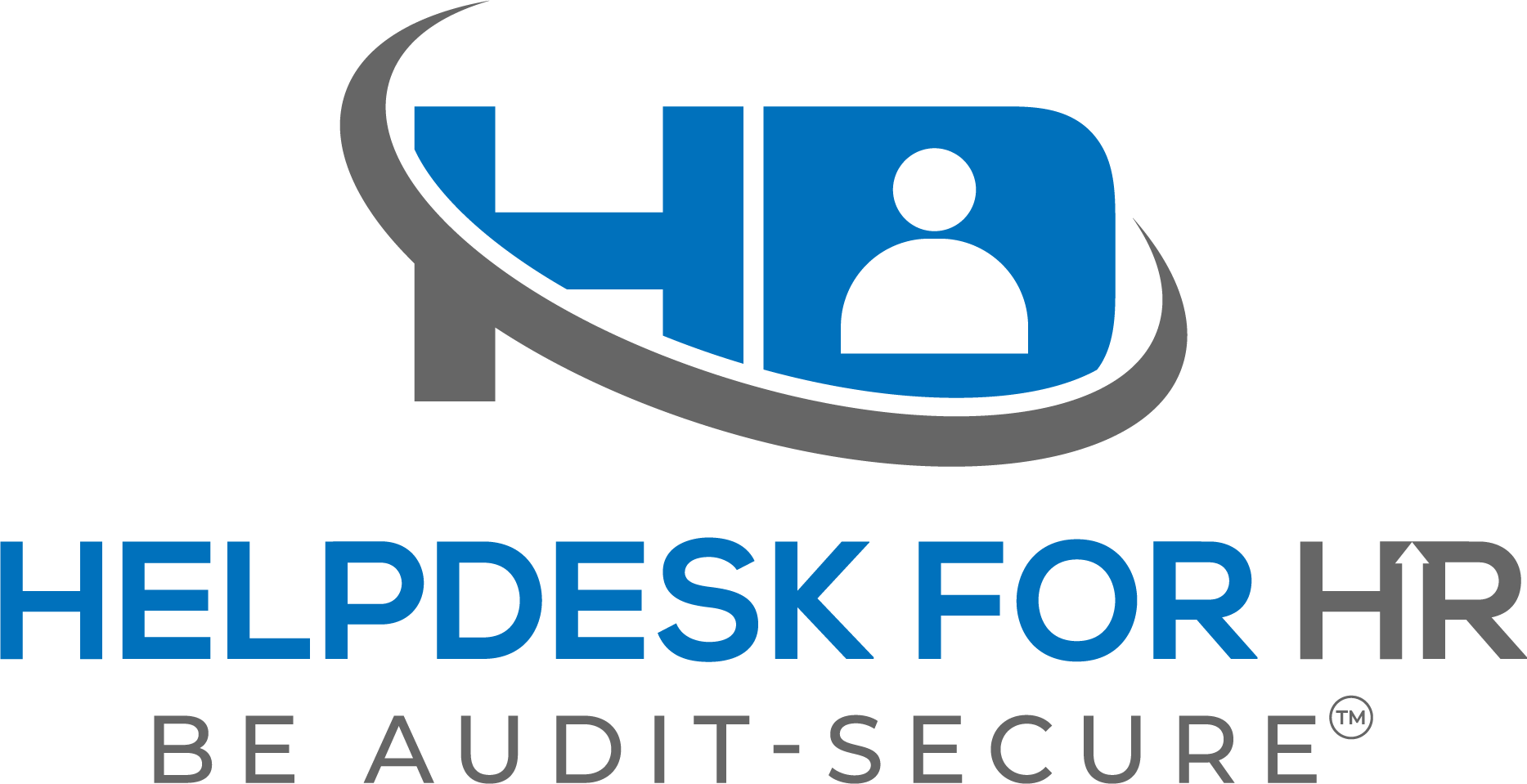Hey Compliance Warriors!
Have you heard about the CDC’s latest update on the isolation period for COVID-19? It’s quite the shift from what we’ve been accustomed to, and I’m here to break it down for you. Let’s dive into why the CDC decided to update its guidance and what this means for us moving forward.
The Evolution of Guidance
Previously, the CDC recommended a minimum isolation period of 5 days for individuals with COVID-19, followed by a period of post-isolation precautions. This guidance was developed during the peak of the public health emergency, a time characterized by lower population immunity, fewer tools to combat the virus, and a higher rate of severe illness, including hospitalizations and deaths.
Fast forward to now, the landscape has drastically changed. Thanks to increased immunity and improved tools to fight the virus, the CDC has updated its guidance to better reflect our current situation.
What’s New in the Updated Guidance?
Under the updated Respiratory Virus Guidance, the focus shifts to a more individualized approach. Instead of a fixed isolation period, individuals are advised to stay home and away from others until at least 24 hours after their symptoms have started to improve overall, and they’ve been fever-free without the use of fever-reducing medication. This means the isolation period could be shorter, the same, or longer than the previous guidance, depending on the length of symptoms.
But it doesn’t stop there. Recognizing that some people may remain contagious beyond their stay-at-home period, the CDC encourages added precautions for the next five days. These include steps for cleaner air, enhanced hygiene practices, wearing a well-fitting mask, keeping a distance from others, and getting tested for respiratory viruses. This layered approach aims to further reduce the chance of spreading the virus to others.
Why the Change?
The CDC didn’t make this decision lightly. Multiple options for adjusting the isolation guidance were considered, taking into account not only the decline in severe illness but also the personal and societal costs of extended isolation periods. Another critical factor was the timing of when individuals are most likely to spread the virus, which is a few days before and after symptoms appear.
This updated guidance is designed to be easy-to-understand, practical, and evidence-based. It aligns more closely with long-standing recommendations for other respiratory illnesses, offering a balanced approach that considers both health and practicality.
What About Healthcare Settings?
It’s important to note that the CDC offers separate, specific guidance for healthcare settings, including COVID-19, flu, and general infection prevention and control. The Interim Guidance for Managing Healthcare Personnel with SARS-CoV-2 Infection or Exposure to SARS-CoV-2 remains unchanged for now.
Looking Ahead
As we navigate this new phase of the pandemic, the updated CDC guidance provides a flexible and informed approach to isolation for COVID-19. It reflects our progress in fighting the virus and acknowledges the importance of balancing health precautions with the realities of daily life.
So, let’s embrace this updated guidance with understanding and cooperation. By staying informed and taking responsible actions, we can continue to protect ourselves and our communities while navigating the challenges of COVID-19 together. Here’s to moving forward with caution, care, and a renewed sense of hope!

